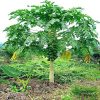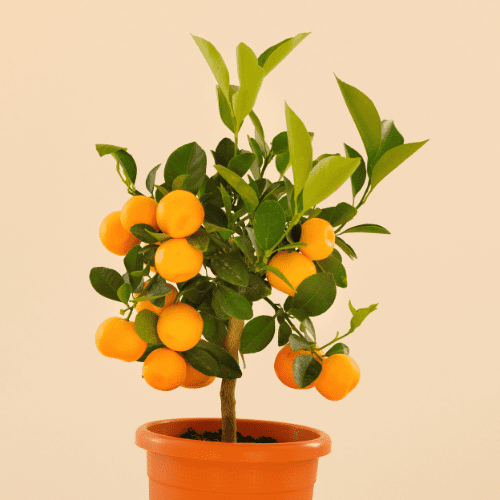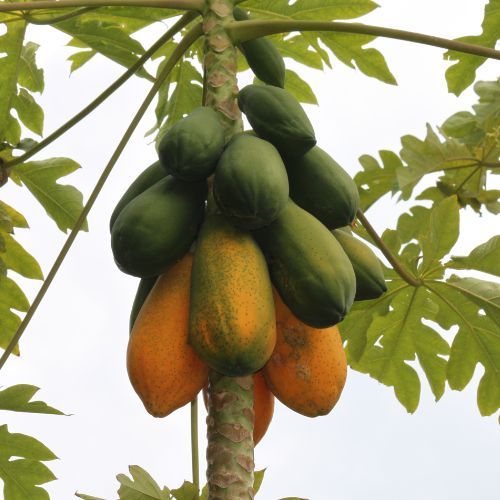Position
Dwarf California Papaya trees prefers full sun for optimal growth and fruit production. Ensure it receives at least 6-8 hours of direct sunlight daily. Choose a large pot with drainage holes if growing in a container. Use a well-draining potting soil and organic compost mix.
Soil
Use well-draining soil rich in organic matter. An ideal pH is slightly acidic to neutral (around 6.0-7.0). Good drainage is crucial to prevent root rot.
Watering
Watering is crucial for growing papayas. While keeping the plants on the drier side to prevent root rot is important, they still need sufficient water to support their large leaves. During winter, papayas prefer to stay as dry as possible. Additionally, plants damaged by frost are especially vulnerable to root rot.
Mulch
Mulch with 2 to 5 centimetres of pine bark mulch. Mulching around the base of the plant helps retain moisture and suppress weeds. Replace the mulch every 3-4 months,
Fertilising
Use our slow release berry fertiliser (used for all plants) apply one teaspoon every 4-5 months, the roots will absorb what they require.
Pruning
Prune the tree to maintain a manageable size and to encourage branching and fruit production. Remove dead or diseased branches and any growth crossing or rubbing against other branches.
Pollination
Dwarf California Papaya trees are self-fertile, meaning they can produce fruit without needing another tree for pollination.
Pest and Disease Control
Agricultural Neem Oil or Effective Microorganisms (EM Control ) will assist in either prevention or after the fact. If you already have aphids or mites, wash the plant with a harsh hosing, and when dry, spray with Neem oil or EM Control.
Harvesting
Fruits are typically ready for harvest when they start turning from green to yellow. They will continue to ripen off the plant if picked slightly under-ripe. Cut the fruits from the tree using pruning shears.








